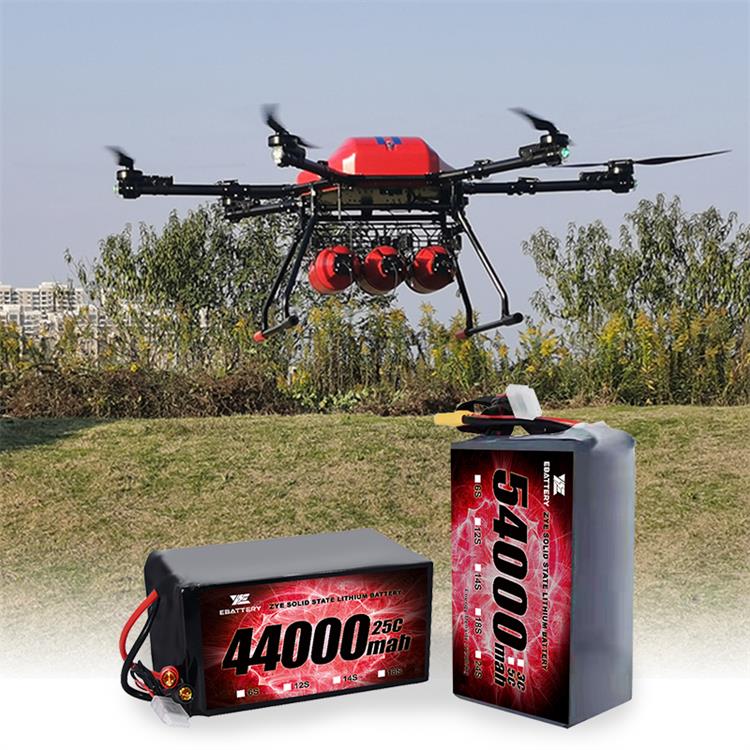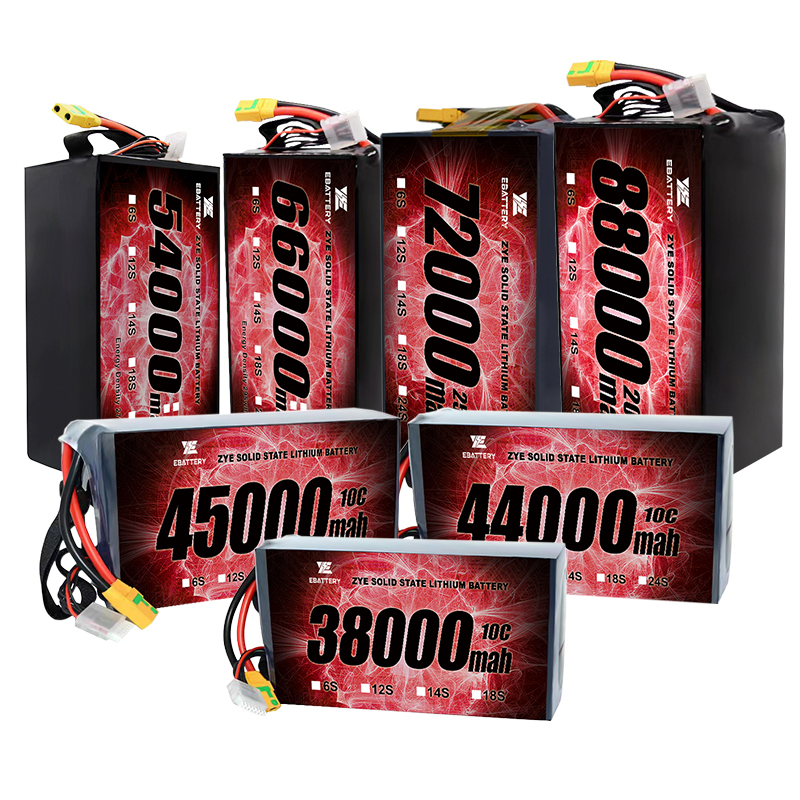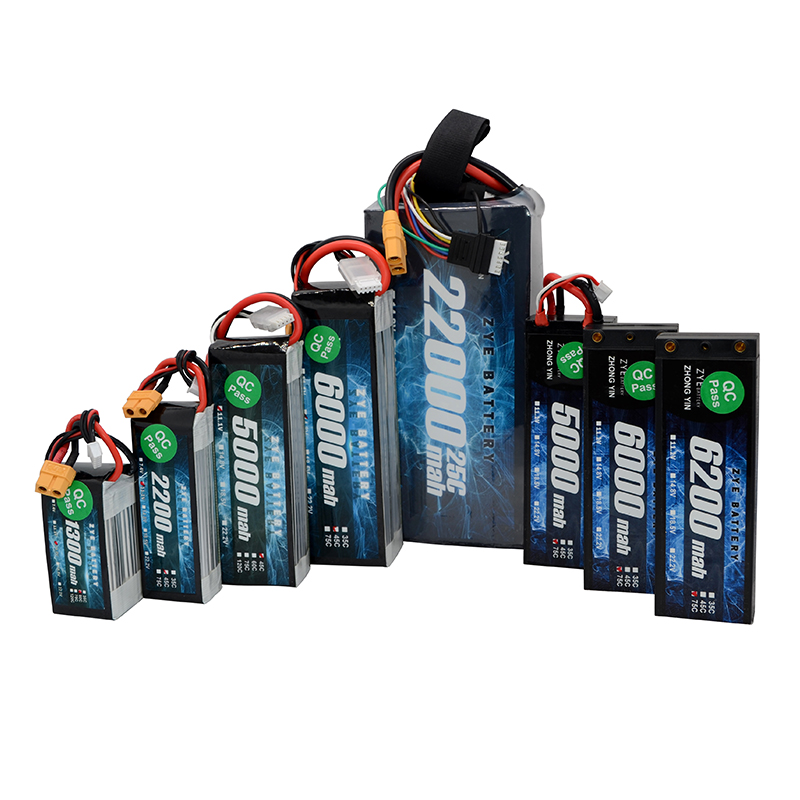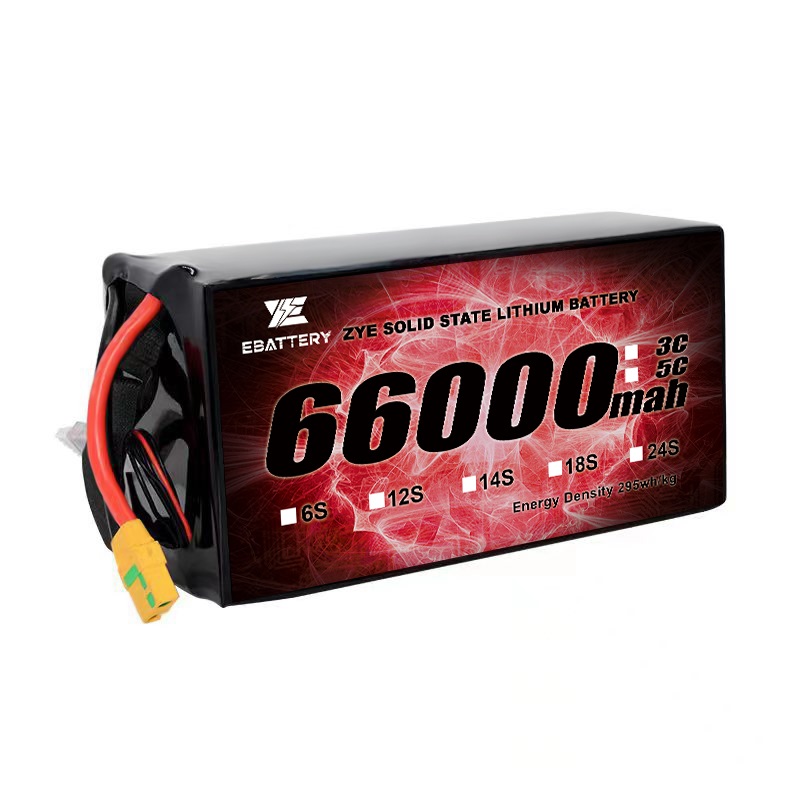What Are the Key Components of a Semi Solid State Battery?
2025-11-21
Whether you’re running aerial surveys that need hours of flight time or delivering packages in dense urban areas, a reliable battery can turn a successful operation into a frustrating delay. That’s why the buzz around solid state batteries—touted as the next big leap in energy storage—has the drone industry paying close attention.
But while we wait for this revolutionary tech to become mainstream, optimizing your current LiPo battery’s lifespan and efficiency is critical to keeping your operations running smoothly. Let’s dive into what solid state batteries really are, how they’ll transform drones, and the proven strategies to get the most out of your existing batteries right now.

What Are Solid State Batteries, Anyway?
If you’ve ever dealt with a swollen drone battery or cut a flight short to avoid overheating, you know the limitations of traditional lithium-ion batteries. These batteries rely on liquid electrolytes to transfer ions between the anode and cathode—a design that’s prone to leaks, overheating, and even fire risks. Solid state batteries fix this core issue by using solid electrolytes instead, and that simple switch unlocks a world of improvements.
The magic starts with the solid electrolyte itself, the heart of these batteries. There are a few key types making waves: ceramic options like LLZO (Li7La3Zr2O12) and LATP (Li1.3Al0.3Ti1.7(PO4)3) are prized for their stability and ability to conduct ions efficiently, while sulfide-based electrolytes such as Li10GeP2S12 work exceptionally well at room temperature—no need for extra heating. Polymer electrolytes, like flexible PEO (polyethylene oxide), are easier to shape and manufacture, which could make them a go-to for drone designs down the line.
Then there are the anodes and cathodes, the other critical components. Many solid state batteries use pure lithium metal anodes, which pack way more energy density than the graphite anodes in most current drones. Silicon anodes are another option, since they can hold more lithium ions, and lithium alloys (think lithium-indium or lithium-aluminum) balance high capacity with the durability needed for repeated flights. On the cathode side, some designs stick with tried-and-true materials like lithium cobalt oxide (LiCoO2) or nickel-rich NMC (lithium nickel manganese cobalt oxide)—but optimized to work better with solid electrolytes. Even sulfur cathodes are being tested, thanks to their sky-high theoretical capacity that could double or triple flight times someday.

How Solid State Batteries Will Change Drone Operations
For drone professionals, solid state batteries aren’t just a tech upgrade—they’re a solution to some of the biggest headaches in the industry. Let’s break down the real-world impact:
First, longer flight times are a given. With higher energy density, a solid state battery of the same size as a current LiPo battery could keep a drone airborne twice as long. Imagine finishing a full aerial survey in one flight instead of two, or extending search and rescue missions to cover more ground without rushing. For delivery drones, that means fewer trips back to base to recharge—cutting costs and speeding up service.
Then there’s payload capacity. Solid state batteries have a better energy-to-weight ratio, so you can carry heavier gear without sacrificing flight time. That opens up possibilities like adding high-resolution thermal cameras for industrial inspections, larger delivery packages, or extra sensors for environmental monitoring—all without weighing the drone down.
Safety is another huge win. Drones flying over crowded cities or sensitive areas (like oil refineries or wildlife reserves) can’t afford battery failures. Solid state batteries eliminate the risk of liquid leaks and reduce fire or explosion hazards, making drones safer to operate in more places. And for anyone who’s flown in extreme weather—whether freezing cold mountain ranges or scorching deserts—solid state batteries hold their performance across a wider temperature range, so you don’t have to worry about sudden power drops when you need reliability most.
























































